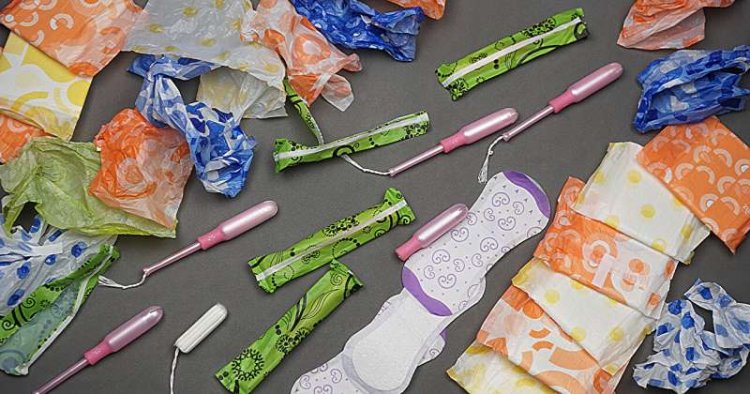Cornstarch Sanitary Pads Offer Scalable Solution to Plastic Waste Crisis
Cornstarch-based sanitary pads are 17 times more eco-friendly than plastic versions, offering a scalable, cost-effective solution to reduce global sanitary waste and ocean pollution.

A recent study published in Sustainability Science and Technology by IOP Publishing has revealed that sanitary pads made of cornstarch are significantly more eco-friendly than traditional plastic-based ones, offering a cost-effective and scalable solution to the elimination of sanitary plastic waste in oceans and landfills. The research found that the biodegradable pads are 17 times more eco-friendly than traditional ones, a potential game-changer in the production and use of menstrual hygiene products.
The traditional sanitary pad consists of about 90% plastic, or nearly four plastic bags per pad. Generating an estimated 200,000 metric tons of sanitary waste annually globally—and some 55,000 metric tons into North American waters—there is a clear need for making the change to greener alternatives. A lifetime supply of about 120 kilograms of menstrual products is consumed by the average menstruating individual, adding further to the long-term environmental cost of traditional disposable pads.
The study evaluated the use of polylactic acid (PLA), a cornstarch-based bioplastic, to make sanitary napkins. The sanitary pads made using PLA decreased extensively the global warming impact and product and landfill landfill disposal toxicities during one product life cycle period of a year's use. Even though the PLA production utilizes additional land area, its renewably based, smaller environmental load at production off-sets the negative environmental attributes of the oil-based plastic relative to it.
One of the foremost arguments supporting PLA pad adoption is scalability. Corn, from which PLA is derived, is among the world's most heavily produced crops and is firmly integrated into the world trade system already. This wide availability provides sanitary product companies with the option to transition to cornstarch-based materials at scale without disrupting production economics.
Despite these benefits, sustainable menstrual products are not currently adopted by mainstream brands. One of the barriers has been commercial feasibility at scale—most of the eco-products don't achieve cost or supply standards for mass-market retailers. But the research suggests that PLA-based pads meet both, with environmental performance and manufacturing efficiency that can match established industrial supply chains.
The findings add to growing evidence highlighting the dramatic environmental price tag for plastic menstrual products and urging reform in the industry. Biodegradable and renewable materials such as PLA provide a realistic path forward in addressing issues of waste management related to personal care products.
As sustainability becomes the focal point for product design, companies have a clear space to move towards biodegradable alternatives that not just reduce harm to the environment but also find resonance with consumer desire for ethical consumption. The study calls for policy intervention and public awareness to make this transition feasible.
This development follows a broader trend towards replacing petroleum plastics in common products with bioplastics that degrade more kindly in the environment. With sufficient market pressure from industry, policymakers, and consumers, sanitary napkins made from cornstarch can become the new standard in women's hygiene products, drastically cutting plastic waste figures.
Source/Credits:
Reported by evidence from Sustainability Science and Technology, published by IOP Publishing.
What's Your Reaction?

















